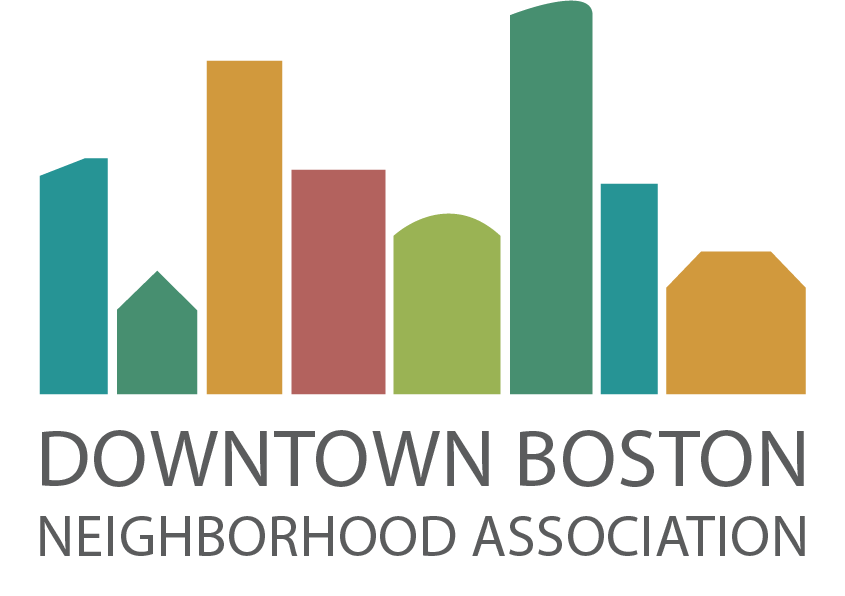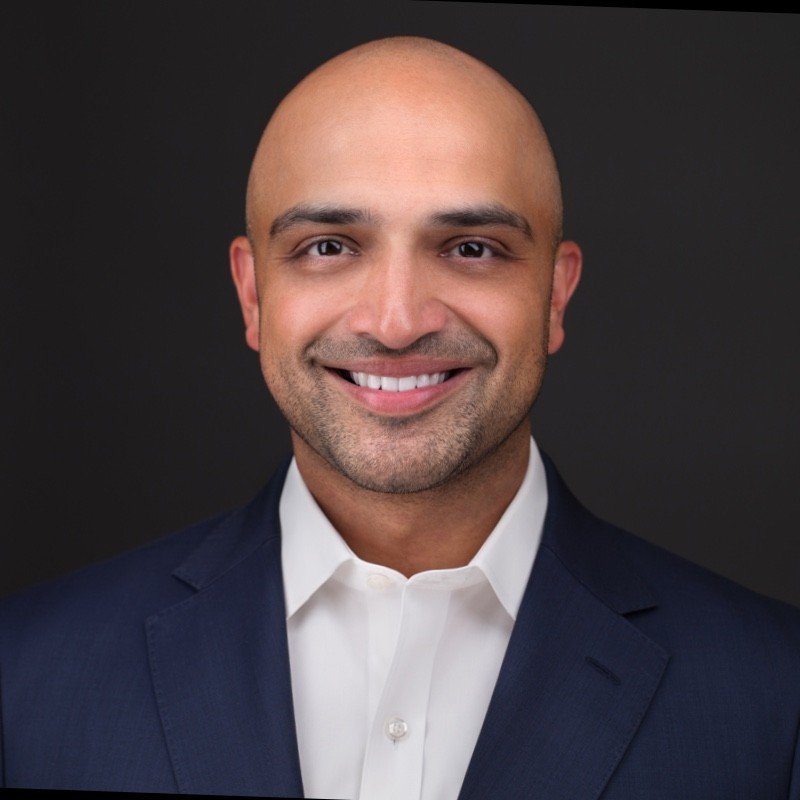
About the Downtown Boston Neighborhood Association
Formed in 2014, we’re an independent organization with over 800 members, run exclusively by volunteers.
Our Mission
The DBNA works to ensure that the whole breath of our Downtown neighborhood has an important voice in shaping the future of our neighborhood — residents, including condo owners, renters, and students; commercial property owners; small businesses; institutions, arts and cultural attractions; and social service organizations.
We partner and collaborate with our elected officials, public safety officials, fellow neighborhood and civic organizations, and institutional partners.
Our Catchment Area for the
Downtown Boston Neighborhood Association
Leadership Team
We’re Volunteers, Working to Connect & Empower All of Our Fellow Downtown Residents, Students, Workers, Businesses & Institutions
Rishi Shukla
George Coorssen
Matthew Broude
Margaret “Peggy” Ings
Mary Higgins
The Leadership Team provides strategic direction and leadership on behalf of the Neighborhood Association, and works closely with elected officials and other stakeholders on a range of matters that impact the quality of life in the Downtown Boston neighborhood.
If you’re interested in getting involved as a volunteer member of the Leadership Team, please reach out!
The History of the Downtown Boston Neighborhood Association
The DBNA started in 2014 as a grassroots initiative to provide a voice for Downtown Boston residents in City planning processes for Downtown. What initially started out as a small, informal group of residents coming together to respond to a specific challenge quickly evolved into a robust, active neighborhood association with over 800 members and growing.
In September 2023, the Association announced our merger with the MPPNA — expanding our mission and membership to serve residents, including condo owners, renters, and students; commercial property owners; small businesses; institutions, arts and cultural attractions; and social service organizations across the neighborhood.





